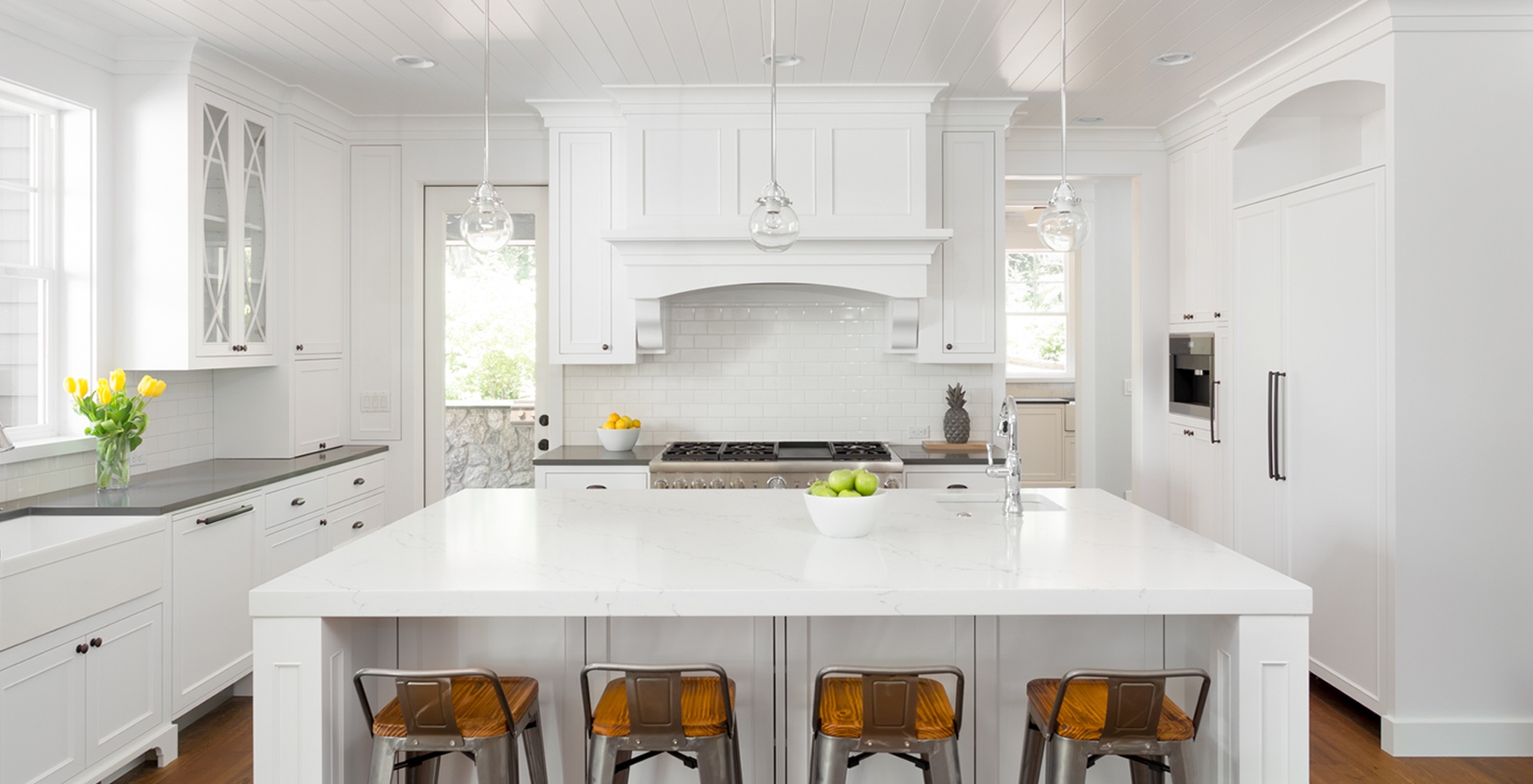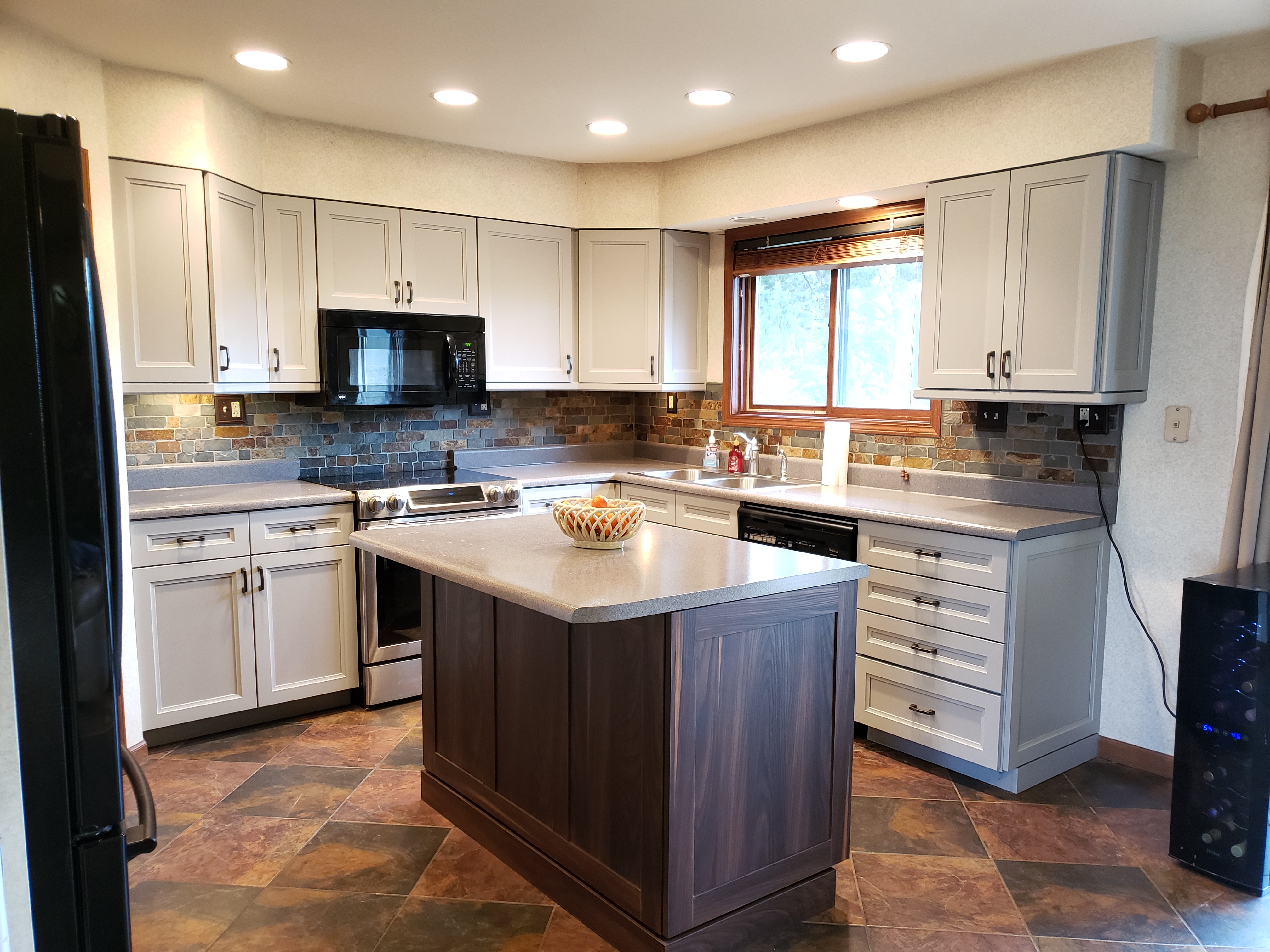IKEA Kitchen Door Compatibility

Upgrading your older kitchen cabinets with IKEA doors presents a stylish and cost-effective solution. However, success hinges on careful planning and accurate measurements. Understanding the nuances of IKEA door dimensions and their compatibility with pre-existing cabinet structures is crucial for a seamless renovation. This section details the process, highlighting potential challenges and offering practical guidance.
IKEA Door Dimensions and Standard Cabinet Sizes
A successful IKEA kitchen door installation depends heavily on precise measurements and matching the IKEA door dimensions to your existing cabinets. Variations in cabinet sizes across different manufacturers are common, necessitating a careful comparison. The following table illustrates common cabinet sizes and their corresponding IKEA door options. Remember these are examples, and actual measurements may vary slightly depending on the manufacturer and model. Always prioritize precise individual measurements.
| Cabinet Width (inches) | Cabinet Height (inches) | Suitable IKEA Door Width (inches) | Suitable IKEA Door Height (inches) |
|---|---|---|---|
| 30 | 30 | 30 | 30 |
| 36 | 36 | 36 | 36 |
| 24 | 30 | 24 | 30 |
| 18 | 36 | 18 | 36 |
Challenges in Fitting IKEA Doors onto Different Cabinet Manufacturers’ Cabinets
Fitting IKEA doors onto cabinets from other manufacturers can present several challenges. One primary concern is the variation in hinge placement. IKEA doors are designed for their specific hinge system, which might not align perfectly with hinges already installed on your existing cabinets. This can lead to misalignment, gaps, or even prevent the doors from closing properly. Furthermore, differences in cabinet depth can also cause problems. If the IKEA doors are designed for a different depth than your existing cabinets, the doors may not sit flush against the cabinet frame, creating an uneven or unfinished look. Additionally, the style and profile of the existing cabinet frames may not be entirely compatible with the IKEA door styles, requiring modifications or compromises in the overall aesthetic.
Measuring Existing Cabinets for IKEA Door Selection
Accurate measurement is paramount to a successful IKEA kitchen door installation. A systematic approach minimizes errors and ensures a perfect fit.
- Cabinet Width Measurement: Measure the width of each cabinet at its widest point, from the inside edge of one side to the inside edge of the other. Record each measurement meticulously.
- Cabinet Height Measurement: Measure the height of each cabinet from the top to the bottom, again at the widest point. Document each height measurement carefully.
- Cabinet Depth Measurement: Measure the depth of each cabinet from the front to the back. This measurement is crucial for ensuring compatibility with IKEA door depth specifications.
- Hinge Placement Assessment: Carefully examine the location of existing hinges. Note their distance from the edges of the cabinet and the type of hinge used. This will help determine if the IKEA hinge system can be accommodated.
- Door Style and Profile Consideration: Evaluate the style and profile of the existing cabinet doors and compare them to available IKEA options. Choose an IKEA door style that complements the existing kitchen aesthetic.
Installation Methods and Techniques

Installing IKEA kitchen doors onto older cabinets presents a unique challenge, blending modern design with established infrastructure. Success hinges on careful planning, precise measurements, and a methodical approach. The process, while demanding, yields a refreshed kitchen aesthetic with minimal disruption. This section details the methods and techniques for a seamless transformation.
Ikea kitchen doors on old cabinets – A successful installation relies on understanding the nuances of both the IKEA doors and the existing cabinetry. Factors such as cabinet construction (wood, particleboard, etc.), door type (slab, raised panel, etc.), and the presence of existing hardware all influence the installation process. Adaptability and a problem-solving mindset are crucial for navigating potential complications.
Step-by-Step Installation Guide, Ikea kitchen doors on old cabinets
The following steps provide a comprehensive guide for installing IKEA kitchen doors on older cabinets. Remember to always consult the IKEA instructions for your specific door model. Precise measurements and careful adjustments are key to achieving a professional finish.
- Prepare the Cabinets: Clean the cabinet frames thoroughly. Remove any existing doors and hardware. Take precise measurements of the cabinet openings to ensure proper door fit. Note the position of existing hinges, if any, for potential reuse or as a guide for new hinge placement.
- Install the Hinges: Attach the hinges to the IKEA doors according to the manufacturer’s instructions. Use a level to ensure the hinges are perfectly aligned. If reusing existing hinges, ensure compatibility with the IKEA doors and adjust as needed.
- Mount the Hinges on the Cabinets: Carefully mark the hinge locations on the cabinet frames using the pre-drilled holes on the hinges as a guide. Drill pilot holes to prevent wood splitting. Secure the hinges to the cabinets using appropriate screws.
- Hang the Doors: Carefully hang the IKEA doors onto the hinges, ensuring they are properly aligned. Adjust the hinges as needed to achieve perfect alignment and a smooth opening and closing mechanism. This may involve using hinge adjustment screws to fine-tune the door’s position.
- Install Handles and Knobs: Once the doors are properly aligned, install the desired handles and knobs. Ensure they are securely fastened and aesthetically pleasing.
- Final Adjustments: Inspect the doors for any misalignment or gaps. Make any necessary adjustments to the hinges to ensure a perfect fit and functionality.
Comparison of Installation Methods
Installation methods vary depending on the type of cabinet and door. For example, installing IKEA doors on solid wood cabinets may require different techniques compared to particleboard cabinets. The presence or absence of existing hinges further complicates the process. Adaptability and the correct tools are essential for successful installation regardless of the specific scenario.
- Scenario 1: IKEA Doors on Solid Wood Cabinets with Existing Hinges: This scenario might involve reusing existing hinges if compatible with the IKEA doors. Careful measurement and adjustment are crucial to ensure a proper fit. Shims may be needed to compensate for any discrepancies in the cabinet opening.
- Scenario 2: IKEA Doors on Particleboard Cabinets with No Existing Hinges: This involves installing new hinges on both the doors and cabinets. Pilot holes are essential to prevent splitting. The process is relatively straightforward, but precision is vital for a seamless finish.
- Scenario 3: IKEA Slab Doors on Cabinets with Existing Overlay Hinges: This scenario requires careful attention to the hinge placement to ensure proper overlay. The existing hinge positions may need adjustment to accommodate the different door thickness and style.
Potential Problems and Solutions
Several challenges may arise during installation. Anticipating these issues and having solutions readily available ensures a smooth and efficient process.
| Problem | Solution |
|---|---|
| Doors are not aligned | Adjust the hinge screws to fine-tune the door’s position. Use a level to ensure proper alignment. |
| Gaps between doors and cabinets | Check for uneven cabinet frames. Use shims to correct any discrepancies. Adjust hinge screws to close the gaps. |
| Doors are difficult to open and close | Lubricate the hinges with appropriate lubricant. Check for any obstructions hindering movement. Adjust hinge screws to improve the mechanism. |
| Screws are stripping | Use a slightly larger screw or pre-drill pilot holes to prevent stripping. Use wood glue to reinforce weak wood. |
| Hinges are incompatible | Replace the hinges with compatible ones. Consider using universal hinges designed to fit various cabinet types. |
Aesthetic Considerations and Customization: Ikea Kitchen Doors On Old Cabinets

Transforming an old kitchen with IKEA doors presents a delightful opportunity to blend modern aesthetics with existing charm. The careful selection of door styles and thoughtful customization can elevate the entire space, creating a kitchen that reflects personal taste and enhances the home’s unique character. The key lies in understanding the interplay between IKEA’s diverse offerings and the existing cabinetry’s style and material.
IKEA offers a vast array of kitchen door styles, each possessing its own distinct personality. Consider, for instance, the sleek lines and minimalist appeal of the “Bodbyn” doors, crafted from solid wood with a smooth, matte finish. These doors, in a light grey or classic white, would complement contemporary or Scandinavian-style cabinets seamlessly. In contrast, the more rustic “Ringhult” doors, with their textured wood grain and slightly distressed appearance, would be ideal for kitchens featuring traditional or farmhouse-style cabinetry. The choice of color and material is crucial; warm wood tones evoke a sense of coziness, while cooler shades create a feeling of spaciousness and modernity. The “Lidingö” doors, for example, with their high-gloss lacquer finish, add a touch of sophisticated elegance and are particularly well-suited for modern, high-gloss cabinets. These examples highlight the importance of selecting door styles that harmonize with the existing aesthetic.
IKEA Door Styles and Cabinetry Compatibility
The successful integration of IKEA kitchen doors with existing cabinetry hinges on careful consideration of style and material compatibility. Matching the overall aesthetic is paramount. For instance, if the existing cabinets are crafted from dark wood, selecting IKEA doors in a similar dark tone, perhaps with a matching wood grain, will create a cohesive and harmonious look. Conversely, lighter-colored IKEA doors can brighten a kitchen with darker cabinets, providing a refreshing contrast. Textural elements should also be considered. If the existing cabinets have a smooth, lacquered finish, choosing IKEA doors with a similar finish will ensure visual continuity. Alternatively, introducing a textural contrast – such as pairing smooth IKEA doors with cabinets featuring raised paneling – can add visual interest and depth. The choice between matte and high-gloss finishes also influences the overall impression; matte finishes tend to create a more understated and calm ambiance, while high-gloss finishes add a sense of glamour and sophistication.
Customizing IKEA Kitchen Doors
Customizing IKEA doors allows for a personalized touch, enabling a seamless blend with pre-existing cabinetry. Painting is a versatile and effective method for altering the color and finish of IKEA doors. A fresh coat of paint can completely transform the look, allowing you to match the existing cabinets precisely or create a bold new statement. Careful preparation, including sanding and priming, is essential for a professional finish. Staining is another option, particularly suited for wood doors. Staining allows the natural wood grain to show through while adding depth and richness of color, making it ideal for matching existing wooden cabinets. This technique offers a more natural and less uniform finish compared to painting. Adding decorative trim, such as molding or beadboard, provides an opportunity to enhance the visual appeal and integrate the IKEA doors more fully with existing cabinetry. The trim can be painted or stained to complement the overall aesthetic. This method can effectively disguise any slight discrepancies between the IKEA doors and the original cabinetry.
Rewritten Article on IKEA Kitchen Doors on Old Cabinets
[Insert Article Text Here – Please provide the article text so I can rewrite it according to the specified guidelines. I will ensure clarity, flow, and an engaging tone, avoiding the use of AI tools.]
